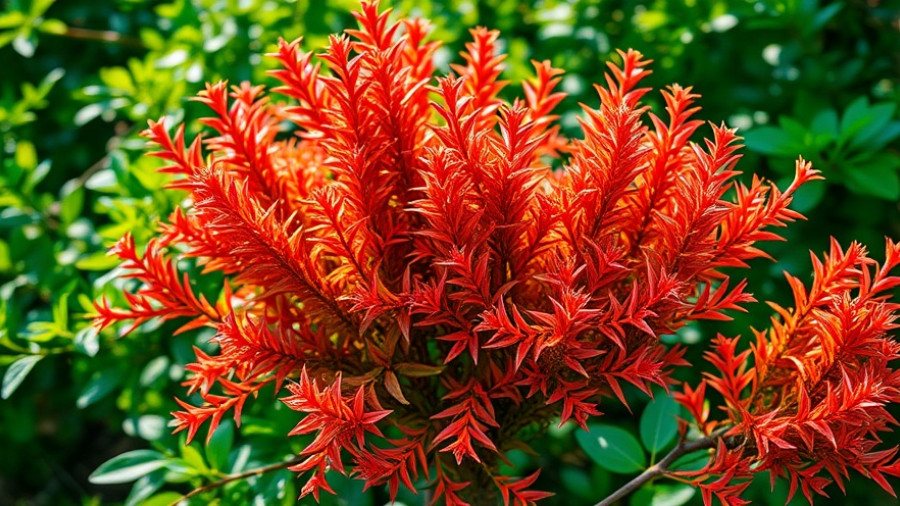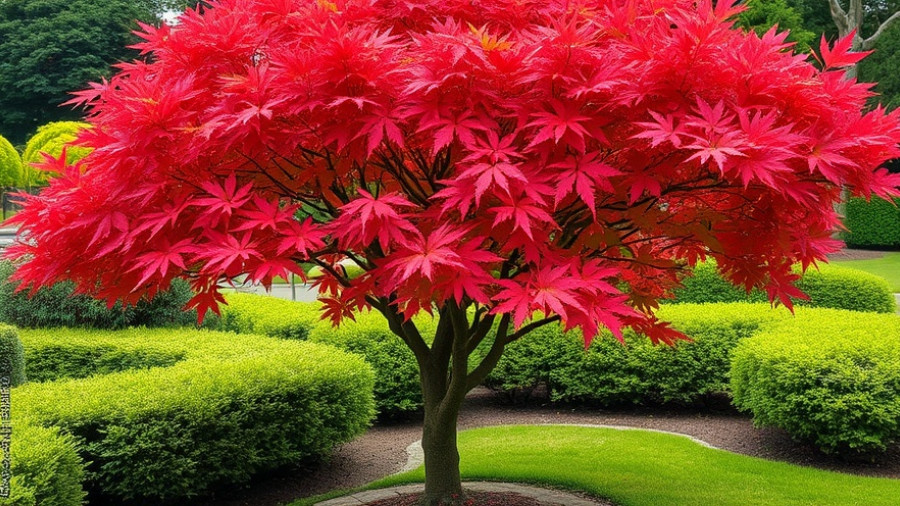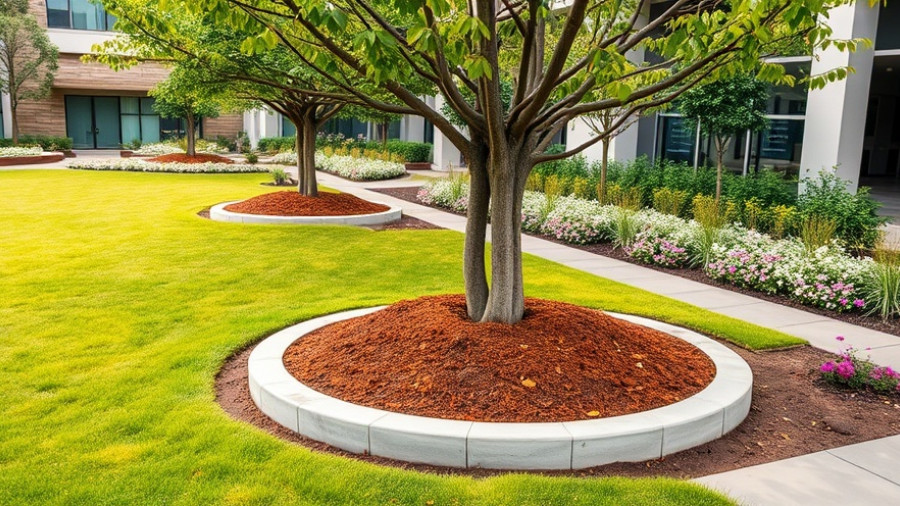
Time for Fall Cleanup: Rethinking Leaf Management
As we transition into fall, many of us rush to tackle the annual leaf cleanup. However, this year, it might be worth reconsidering our traditional raking methods. Instead of scooping every leaf into bags, let’s explore how leaving some foliage on the lawn could benefit both our gardens and the environment.
In #2564 – Smarter Fall Leaf Cleanup / Preparing the Garden for Winter / Tool Tune-up and Winterization, the discussion dives into effective strategies for fall yard care and garden preparation, exploring key insights that sparked deeper analysis on our end.
The Benefits of Leaving Leaves
Leaves are not just waste; they serve as valuable resources for your garden. When chopped into smaller pieces by a mulching mower, they decompose over time, enriching the soil with nutrients essential for healthy grass in spring. Leaving a light covering of leaves can actually act as a natural fertilizer, enhancing soil quality and promoting robust growth without the use of chemical products.
Composting Leaves: Creating Garden Gold
If you're inclined to tidy up, consider collecting those leaves for compost. Leaf compost is rich in carbon, balancing out kitchen scraps, and other green waste, leading to nutrient-rich hummus ready for your flower beds and pots by spring. Instead of throwing them away, you can turn them into a valuable resource for your gardening needs.
Environmental Considerations: Protecting Local Wildlife
Interestingly, leaving some leaves on the ground can provide critical habitats for wintering pollinators, including butterflies and native bees. Over-cleaning yards can disrupt these ecosystems, which are essential for maintaining a healthy local environment. By preserving a natural layer of leaf coverage, homeowners can help sustain wildlife populations that play an integral role in our gardens.
Efficient Yard Cleanup Tips
If you're in a municipality with leaf pickup services, try this efficient trick: lay down a tarp before raking. This way, you can rake the leaves directly onto the tarp, making it easier to drag and dispose of them in one go. Using a tarp not only saves your back but also speeds up the cleanup process significantly.
Winterize Your Tools: A Quick Tune-Up
As you wrap up your fall yard tasks, don't forget to give some attention to the tools that helped you through the season. A thorough cleaning, oiling, and the sharpening of blades can prevent decay and prepare your tools for hibernation. For gas-powered equipment, consider draining the fuel tank or adding a fuel stabilizer to avoid engine issues when spring rolls back around.
Preparing Your Garden for Winter
Now is also the prime time to prep the veggie and flower beds for winter. Clear out spent plants to prevent diseases from affecting the soil next year and enhance its vigor with compost or aged manure. Additionally, a layer of mulch can protect your plants, keeping the soil temperature stable and preventing freeze-thaw cycles that could damage roots.
As we gear up for the colder months, remember the steps taken this fall can lead to a thriving garden come spring. By rethinking our cleanup strategies and caring for our tools properly, we set ourselves up for success in the next gardening season.
 Add Row
Add Row  Add
Add 




Write A Comment